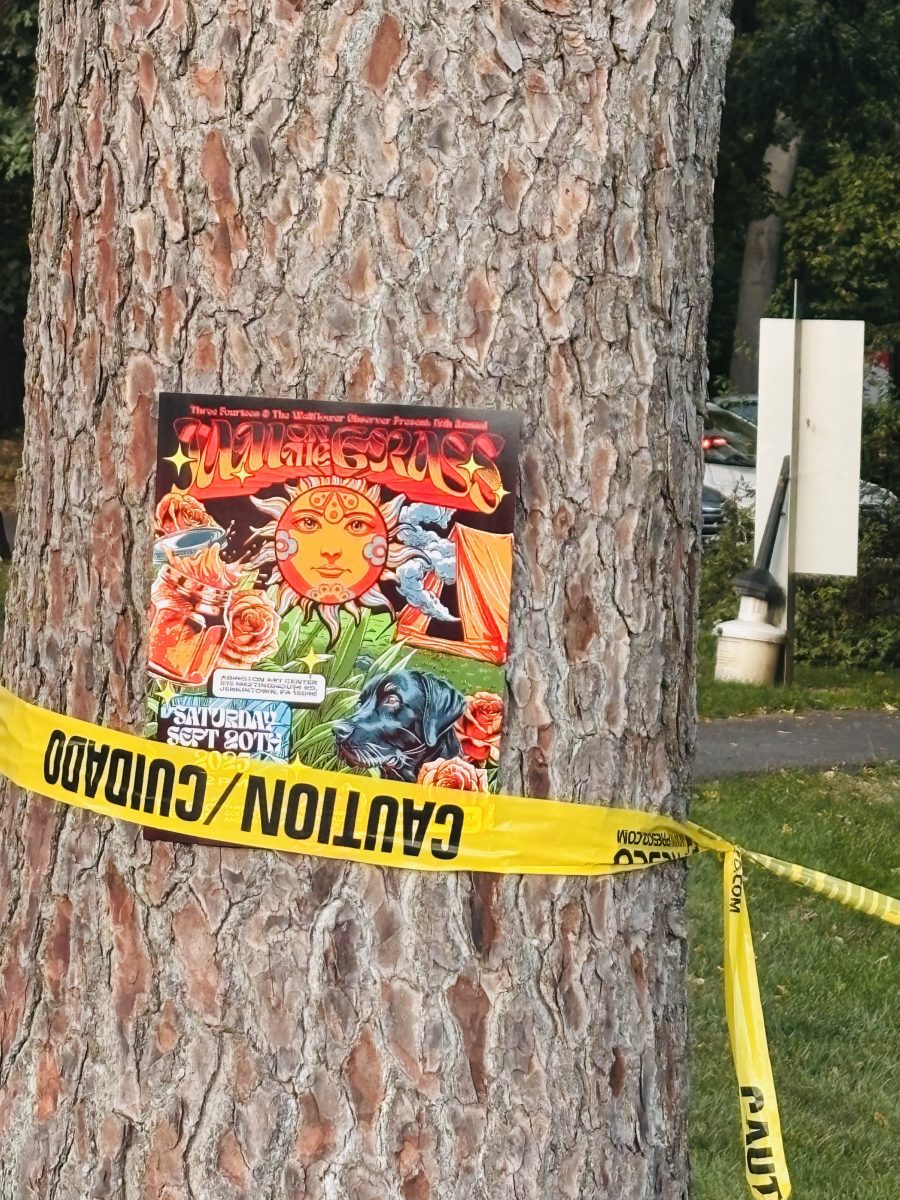by Adam McGrath
Flume is the electronic music project created by Harley Streten, from Sydney, Australia. His 2012 self-titled album has gone platinum in Australia, and now he brings his beats to fans all over the world. Flume plays the Theater of Living Arts in Philadelphia on Thursday, September 12th. Before he left for his current tour in the United States, Streten chatted with That Mag via Skype.
That Mag: First off, congratulations on the success of the album. It looks like it’s going crazy pretty much everywhere.
Harley Streten: Yeah, thank you.
TM: You’re going to be touring the US for the next month. What is your impression of playing in the States? You’ve been here a couple times before.
HS: Yeah, those tours were good fun. We had a few days off in LA, and it was quite cool, because a lot of my personal musical inspiration actually comes out of LA, the whole LA beat scene, with guys like Flying Lotus and Flomo.
TM: Okay, great. So does that mean you liked LA better than New York?
HS: No, actually. [Laughs] It was cool hanging out in LA, but I don’t like how everything’s really far apart from each other, and, we went to Hollywood, and it was nice, but it’s not as glamorous as it looks on TV. I think I actually prefer New York. I quite like the city’s hecticness.
TM: Being an East Coast guy, I hear you on that. So in terms of the crowds at your shows, is there any difference in the fans from Australia to the UK to the US?
HS: Essentially, not really. But the one big difference I do notice all the time is that for the people in the US, hip-hop just works, everywhere I go. I usually start the set with more futurebeats and downtempo stuff, and then it goes into the hip-hop stuff a bit later on, and whenever I drop the hip-hop in the US, you can see the room really start to move.
TM: Absolutely. That makes a lot of sense. In terms of how you make your music, is there any special software or equipment that helps define your sound?
HS: I really use quite basic tools. Where the uniqueness comes from is spending time to find the right textures. Like, I’ll spend a lot of time looking for the perfect kick drum and snare. I spend a lot of time essentially looking for odd sounds. Different, unique-sounding things that can be turned into a song. I think it’s also about the idea of having things off-time, you know, not completely on time. I’ve found that, for me, perfection is imperfection.
TM: Those qualities really do come across in the music. This album features a lot of great vocalists. What do you look for when you’re collaborating with other artists?
HS: Well, at the stage I was doing the album, I didn’t have all these connections, so Nathan [McLay] from my label [Future Music] pretty much teed up all those collabs. Except for the Chet Faker one. That one, I heard his music while having beers in a friend’s garage one night, and a Chet Faker song came on, and his voice was so unique, with such a nice tone to it. I usually prefer working with female vocalists, but there was something about his voice. I went home the next day, Googled him, and found out that he actually lived in Australia too, which was a real surprise. We met after a gig in Melbourne, we hung out, got along, and eventually wrote that track together [“Left Alone”].
TM: That is a great song. Another collaboration is featured in your most recent video, “On Top” with T.Shirt, and that video raises the question, ‘What is the relationship between your music and the visual aspect of your show?’ What can we expect to see from your live show this time around?
HS: Well, it really has come to be something else from when I toured last. We’ve got visuals for every one of the tracks, and they’re all custom made from the ground up, from scratch. They all interact with the music, and depending on what I do, the visuals will change. Say if I have a low pass filter on something, the whole rig goes dark, or if I do a high pass, it’ll go whiter. It’s really fun from my perspective, ’cause I’ve actually got a lot of power. It’s all one beast; it’s all linked up.
TM: That sounds amazing. Do you have any experience with traditional instruments?
HS: I’ve played saxophone for 10 years or so. Alto saxophone. I must have been nine when I started in the school band. It’s given me that fundamental music theory, which I know helped a huge amount in the production of the album. I’m not classically trained, but I know more than enough to get by, and I think it really helps just knowing how music works.
TM: Where does the name ‘Flume’ come from?
HS: It comes from the Bon Iver track, but when I was looking for a name, I wanted a word that sounded nice, but also looks nice when printed on posters or t-shirts or what have you. I wanted a word that kind of sounded like the music I was doing, but that also works from a typography perspective.
TM: That’s awesome that you thought about all those different aspects of the name.
HS: Yeah, it’s good. It looks good in lower case or upper case; it’s short. I wanted something that just had one syllable. Easy to remember, nothing too complicated.
TM: I didn’t see if you had made it through Philadelphia before. Anything you want to ask me about the city?
HS: I did come through on the last tour. It’s funny actually—it’s two o’clock, right, when the lockout happens at the pubs? We ended up in some illegal dive bar at like three a.m., and it was all taxi drivers and the promoter from the gig just having drinks after the show, and it was this really dodgy little place. All the walls were wooden, and everyone was smoking inside, and it was filled with cab drivers who had just clocked off.
TM: It sounds like you had a true Philly experience then. Thanks so much for your time. Can’t wait to see you at the TLA.
HS: Thank you. See you there.








